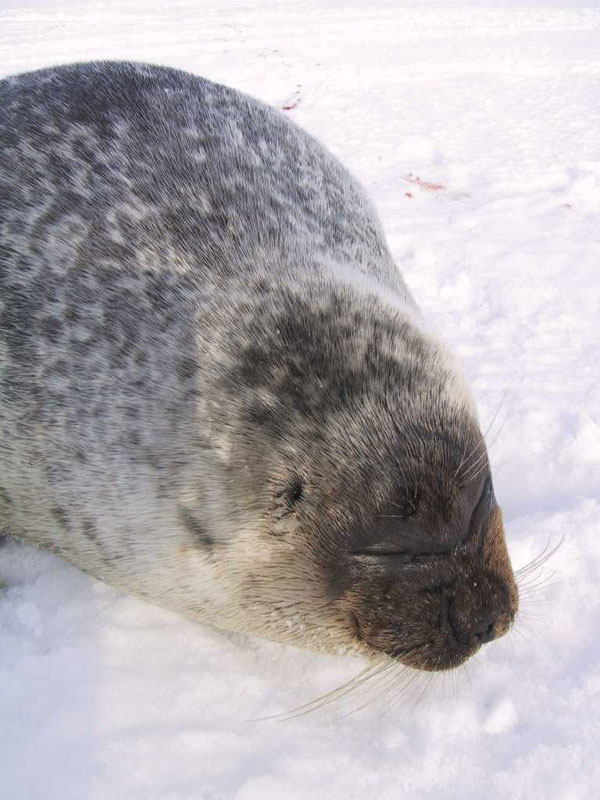Facts About Ringed seal
The ringed seal, also known as the jar seal, netsik, or nattiq by the Inuit, is an earless seal thriving in Arctic and sub-Arctic regions. These seals are relatively small and easily identifiable by the dark spots encircled by light grey rings on their coats. They are quite abundant and can be found throughout the Arctic Ocean, Bering Sea, Okhotsk Sea, northern Japan, the North Atlantic coasts, Greenland, Scandinavia, and northern Europe.
The classification of ringed seals has been a subject of debate among scientists, but five subspecies are currently recognized. They are closely related to the Caspian seal and Baikal seal, sharing similar characteristics and a preference for icy habitats. Ringed seals are well-adapted to life in ice-covered waters, whether it’s seasonal or permanent ice.
Female ringed seals reach sexual maturity at around four years old, while males mature at about seven years. After a nine-month gestation period, females give birth to a single pup, usually in March or April. These seals typically live for 25 to 30 years and have a diet consisting of various small fish and invertebrates. Their natural predators include polar bears, killer whales, Greenland sharks, and other apex predators.
For Arctic indigenous peoples, ringed seals have long been a crucial part of their diet and continue to be harvested today. However, ringed seals face threats from bycatch in fishing gear and the impacts of climate change. Despite these threats, the Alaska stock of ringed seals is estimated at around 249,000 animals and is currently listed as a species of "least concern" by the IUCN.
Different subspecies of ringed seals inhabit various regions, including the Arctic coasts of Europe, Russia, Canada, Alaska, Japan, the Baltic Sea, and Lake Ladoga in Russia. Among them, the Saimaa ringed seal found in Lake Saimaa, Finland, is one of the most endangered seals in the world. The population trend for the Alaska stock remains uncertain, prompting a status review in 2008 to determine if they should be listed under the Endangered Species Act.

 Estonia
Estonia